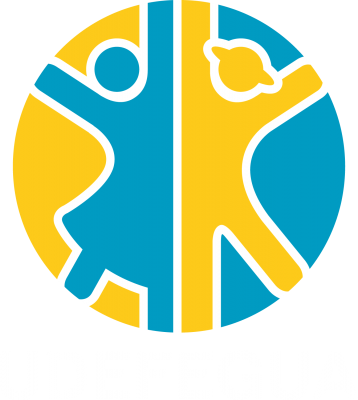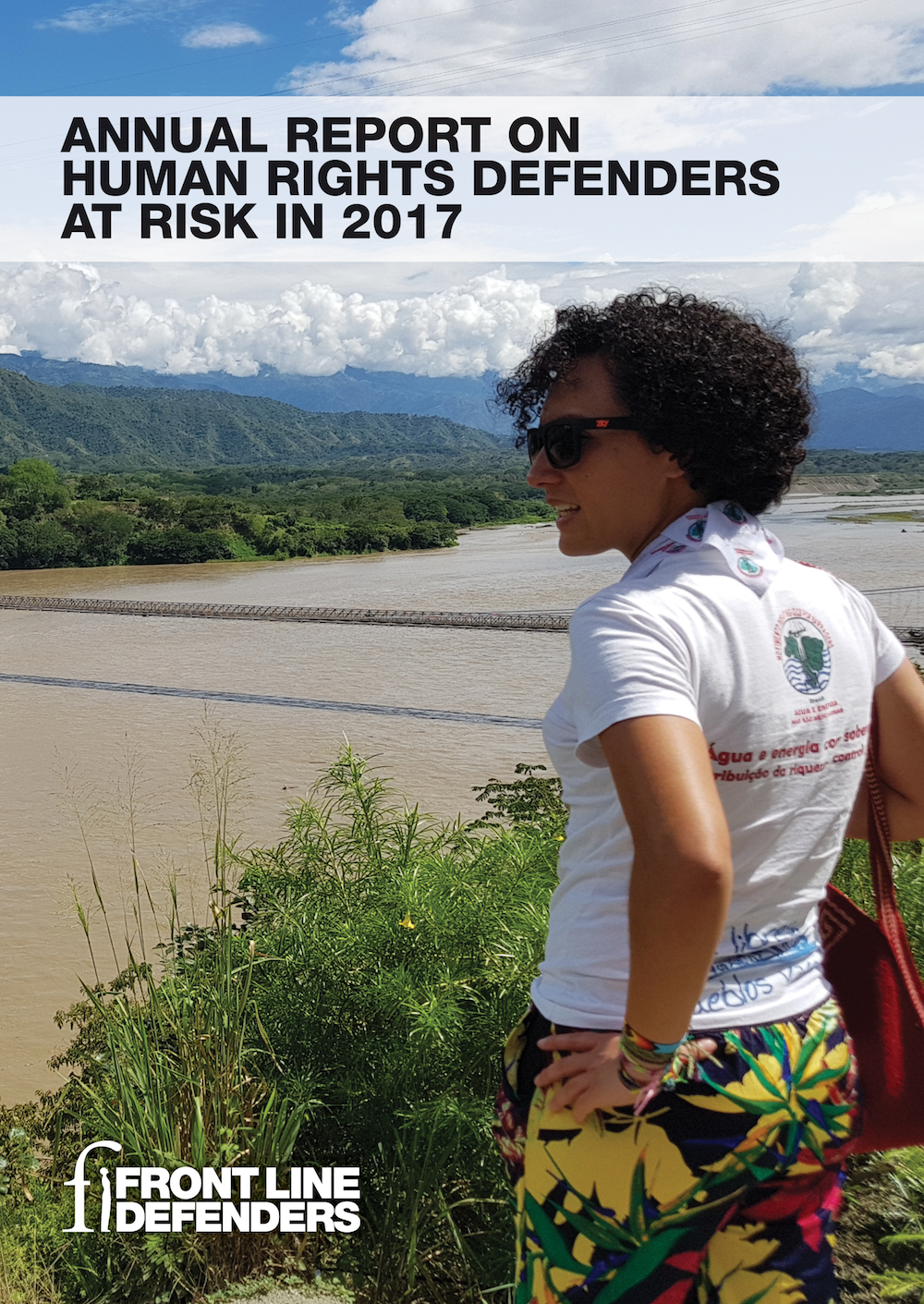
Bogotá D.C. 1 de marzo de 2018 – Comunicaciones Programa Somos Defensores
PIEDRA EN EL ZAPATO
Sí, la paz trajo menos violencia generalizada en Colombia pero también se concentró en líderes sociales y defensores de DD.HH. 2017 es un año lamentable teniendo en cuenta el incremento del 32.5% en los homicidios contabilizando 106 asesinatos; 2018 parece continuar en la misma tendencia con 18 asesinatos tan solo en Enero. El Gobierno sigue expidiendo decretos que aún no se materializan sin saber si el nuevo gobierno los engavetará. Los líderes de zonas rurales del país enfrentan de nuevo una violencia focalizada que insiste en quedarse. Análisis de un año que no queremos repetir.
Descargue el informe en https://goo.gl/R2kG8x
Vea nuestro vídeo de lanzamiento en https://www.youtube.com/watch?v=3I5YvaHQSEE
El 2017 fue un año en el que la confrontación armada y su interminable listado de víctimas dejaron de ser la noticia diaria. La firma e inicio de la implementación de los Acuerdos de paz, trajeron consigo la disminución sustancial de muertes; sin embargo, en medio de esta positiva tendencia, otro fenómeno se hizo cada vez más evidente y presentó un incremento inaceptable: el asesinato de líderes sociales y defensores de derechos humanos en Colombia.
Pero no solo en el escenario de paz es que los defensores(as) son objeto de agresiones, otras conflictividades comienzan a develarse ante la ausencia de la excusa de siempre (el conflicto armado): el la ausencia del Estado, el extractivismo desenfrenado; el narcotráfico; la lucha por la tierra; los crímenes de odio; la corrupción; las luchas de otras guerrillas, grupos de ascendencia paramilitar, carteles narcotraficantes mexicanos y crimen organizado por zonas ex – FARC, entre otros.
Sin duda, el año 2017 fue el más crítico en los 8 años de mandato de Juan Manuel Santos. Tal grado de agresividad contra estos activistas es muy grave y además de preocupar al movimiento de DD.HH., investigadores, comunidad internacional y sectores sensibles al fenómeno, se convirtió en una PIEDRA EN EL ZAPATO del Gobierno Santos en el marco de su política de paz. Y en conclusión ese es el rol actual de los defensores y defensoras de los DD.HH en el país: son la PIEDRA EN EL ZAPATO de quienes quieren controlar bajo el método que sea necesario, los territorios en Colombia.
Durante 2017 fueron agredidos 560 defensores de DD.HH. dentro de los que se contabilizan 106 asesinatos (incremento del 32.5 %), 370 amenazas, 50 atentados, 23 detenciones arbitrarias, 9 judicializaciones y 2 hurtos de información sensible. Dentro de los asesinatos es posible determinar (a partir de información entregada por la propia Fiscalía) que hubo avance en el 30% de los casos. A propósito de este acápite en el presente informe encontrarán un ejercicio de comparación entre varios de los informes que emitieron otras organizaciones sociales y de DD.HH. en 2017 sobre la materia y encontramos coincidencia en el incremento del número de homicidios, patrones de homicidio, tipos de líderes con más homicidios, zonas más afectadas y presuntos responsables.
El informe también presenta una disertación crítica acerca del rol de las nuevas disposiciones legales derivadas del Acuerdo de la Habana en temas de protección a defensores(as) que aún no terminan de aterrizar y siguen en el papel; el incumplimiento del Gobierno colombiano en acciones preventivas; los avances de Fiscalía que aún no están a la altura de la demanda de justicia; el lento despertar de las entidades de control ante la masacre contra defensores y la estigmatización constante contra estos activistas que con las elecciones venideras, puede elevar el nivel de peligro al que se enfrentan en cada rincón del país.
Pero a pesar de tan malas noticias, el informe denota propuestas para salir del atolladero y comenzar a buscar soluciones conjuntas a una problemática que lejos de disminuir, incrementa diariamente y pareciera querer quedarse por largo tiempo. Urge un llamado de alerta a candidatos(as) a la Presidencia para que, en caso de ser elegidos(as), no guarden en la gaveta este tema tan grave para el futuro del país.
En esta ocasión hemos contado con la invaluable colaboración de varios importantes caricaturistas nacionales, quienes de manera solidaria se lanzaron a retratar en sus imágenes, la realidad que enfrentan los líderes sociales del país. Así pues un agradecimiento especial a Julio César González – MATADOR, Pablo Pérez – ALTAIS, Carlos Arturo Romero, Marco Pinto, Harold Trujillo – CHÓCOLO y a Cecilia Ramos – LA CHÉ. Su obra podrá ser apreciada en el informe.
Las cifras completas del Sistema de Información de Agresiones contra defensores y defensoras de derechos humanos en Colombia SIADDHH para el periodo 2017 y otros periodos pueden ser consultados en www.somosdefensores.org
—
Carlos A. Guevara J.
Coordinador Comunicaciones, Incidencia y Sistema de Información – SIADDHH
Programa Somos Defensores-PNGPDDH
@SomosDef
Cel. (057) 3176677053
Tel.(057 1) 2814010
www.somosdefensores.org
Bogotá – Colombia







